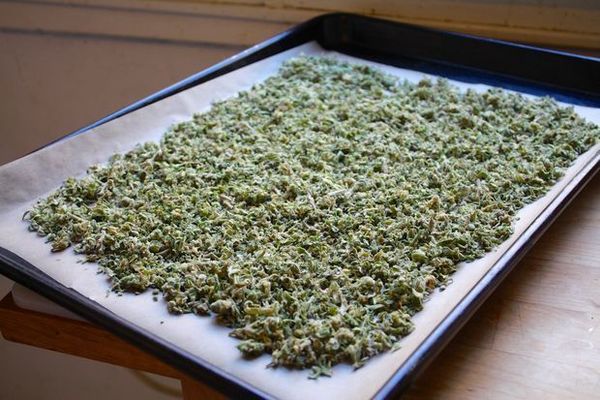
Decarboxylation: THC VS CBD
Your cannabis buds will do just fine as they are if you’re just looking to smoke a joint or a bowl. But what if you want to bake with them or turn them into a smoothie? Then you need to put those buds through a decarboxylation process.
Raw buds and their effects
Due to the science behind them, raw buds will have no effect. Therefore, they will not get you high if you simply chew on one or throw it into a batch of brownies. This is because raw marijuana buds only contain THCA and CBDA. These are different cannabinoids than the THC and CBD enthusiasts are accustomed to. They also won’t get someone high or provide the medicinal effects one is looking for.
In order for raw buds to yield those effects, the THCA must be turned into THC. Likewise, the CBDA must be turned into CBD. That can only happen if the buds go through a decarboxylation process.
What is decarboxylation?
Decarboxylation is simply the process of applying heat to the marijuana buds. In ancient times, people would do this by simply leaving the buds in the sun. Today however, it is most often done in someone’s oven. Even a low heat will be enough to decarb the raw buds.
It is for this reason that lighting a joint provides the amount of decarboxylation in order for marijuana to have its full effects. Vaping weed also allows for this decarboxylation to occur because vaporizers provide the needed heat. When buds are vaporized, or ignited, decarboxylation has already occurred. This is why while smoking raw buds will get you high, eating them will not.
Differences in Decarboxylating THC and CBD
Both THCA and CBDA need to be decarbed before the desired effects are felt. However, there is a difference between the two cannabinoids. Raw buds do contain small amounts of CBD, whereas they don’t contain any THC. Even the small amount of CBD in a raw bud though, likely won’t produce many medicinal effects.
Of course, CBD also doesn’t produce the body stone or cerebral high that THC does. Due to this, even marijuana with a high CBD content that has been decarbed for medicinal purposes still won’t produce the effects most marijuana patients are looking for.
Benefits and uses for CBD/THC
Most avid smokers and marijuana bakers know the differences between CBD and THC. THC will provide that characteristic high that most people think of when they think about marijuana. CBD on the other hand, provides more medicinal benefits. CBD can help with conditions such as depression, insomnia, and even epilepsy.
There is though, one more difference between these two. When CBD has gone through the decarboxylation process, it actually becomes more usable by the body. When marijuana buds have been decarbed, CBD actually becomes more effective, and therefore has more benefits.
Process of how to decarboxylate at home
When decarbing weed at home, most people do it using just their oven. This is really the easiest way. Start by chopping the buds coarsely or putting them through a grinder to get very small pieces. Line a baking sheet with parchment paper so the marijuana doesn’t stick, and then lay the ground up buds on the sheet in an even layer.
Next, the oven needs to be preheated. It may seem easiest at this point to simply crank up the heat and throw the buds in there for just a few minutes. This is especially true if you’re eager to get started on your baking or other use for decarbed weed. However, it should not be done.
This is because the terpenes of marijuana will begin to break down at around 310 degrees Fahrenheit. This may not affect the high at all, but it will definitely affect the taste and smell of the strain. And these are often some of the best parts! Having a temperature that is too high could also start to degrade the THC, which will affect the high the buds produce.
The best temperature for decarboxylation is around 220 degrees Fahrenheit. Those accustomed to decarbing may use different temperatures. Those just starting out though, want to start at a low temperature to ensure they don’t damage the cannabinoids or terpenes in their buds.
Once the oven has preheated to the correct temperature, the buds can go into the oven. This can be intimidating to those that have never done it before. However, there is no reason to fear. This process actually makes your marijuana more usable, and it will not destroy it if you keep an eye on it.
The buds should remain in the oven for about 30 minutes. This timeline though, is going to be enough for weed that has been dried very well. If the buds still have a lot of moisture in them, they may require up to 90 minutes of decarbing time.
Decarbing the buds this way may also dry out the tops of the buds faster than the bottoms that are sitting on parchment paper. To get all the buds dried out evenly, carefully take the pan out of the oven halfway through cooking time and give them a little toss with a spoon.
Some still like to use a crock pot or water bath method instead of using the oven. The idea behind this is that it decarbs better because boiling water maintains a temperature of 212 degrees Fahrenheit. This is not true, though. The temperature of the water will never be enough to effectively decarb the buds. In addition, the last THCA compounds will take longer to decarb than the first ones. When this happens, some of the THCA will actually degrade.
Conclusion
Marijuana can produce a number of desired effects. Raw buds alone though, simply can’t do this. When those buds are not being decarbed as they’re being used, such as when smoking or vaping, they must be decarbed beforehand. The process is simple and once they are, you can use them for anything you wish!
3 Replies to “Decarboxylation: THC VS CBD”
Leave a Reply
You must be logged in to post a comment.

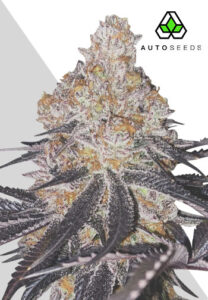
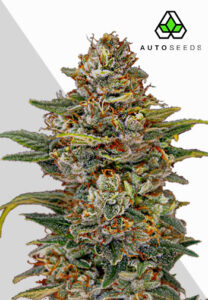

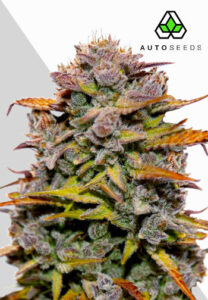
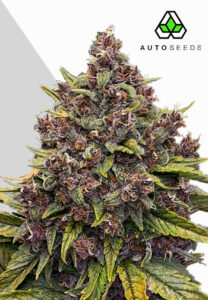
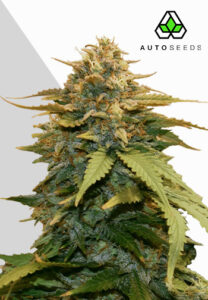




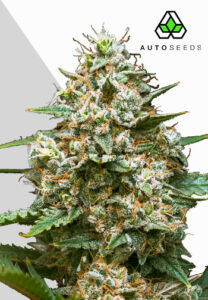
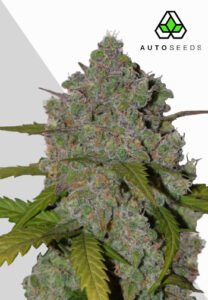
Interesting read! Never thought there could be so much to learn about the humble green stuff. Many Thanks! Steve
I am planning to make a medium chain triglyceride(MCT) oil out of your sweet cbd auto variety. My plan is to concentrate the cbd first by doing a dry ice kief extract through a 160 micron screen. I will make the oil using a crock pot and the kief. Should I first decarboxylate the kief prior to dry ice treatment or should I decarboxylate the kief after?
thanks so much!
Hi, you will need to decarboxylate the kief before you give it the dry ice treatment.